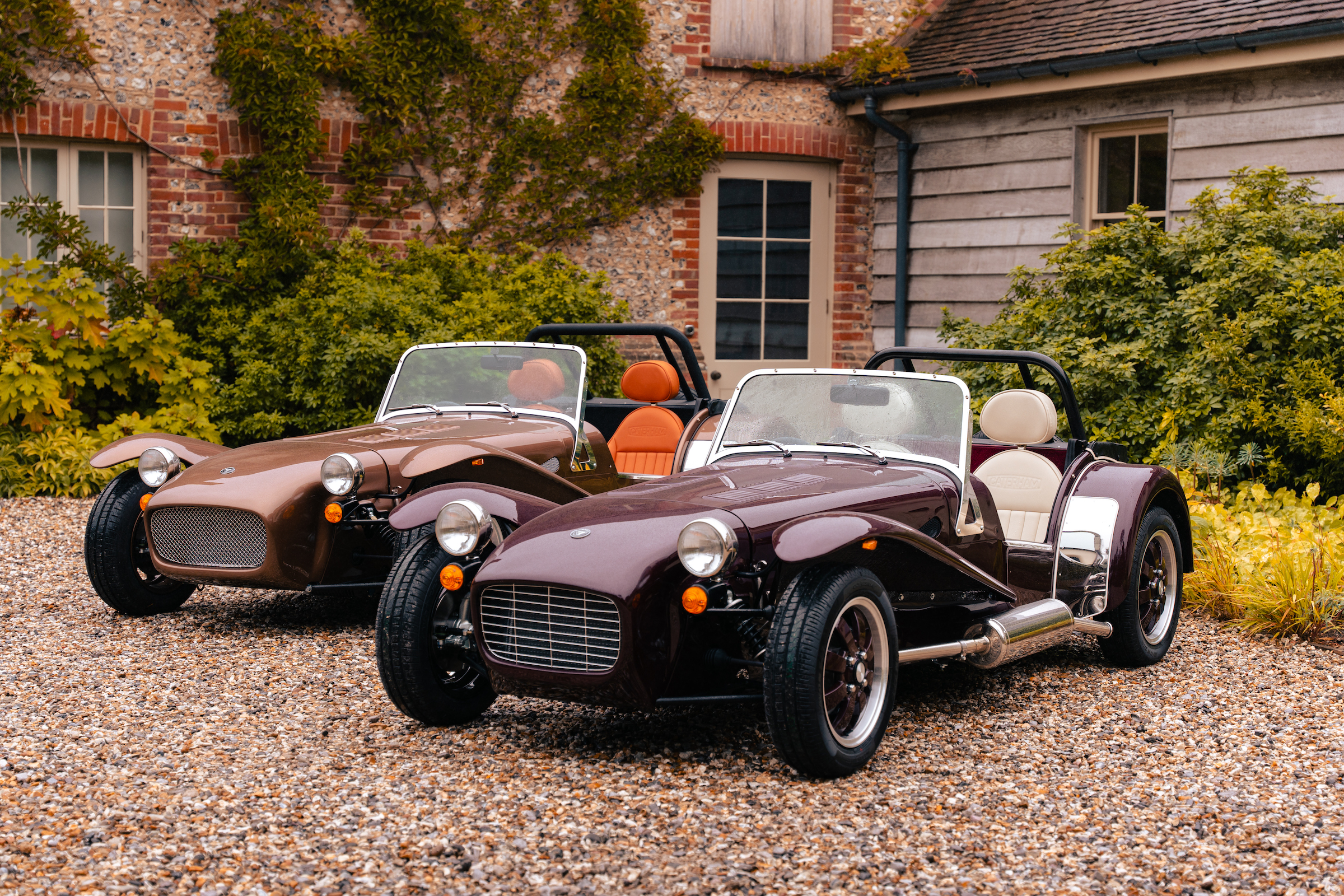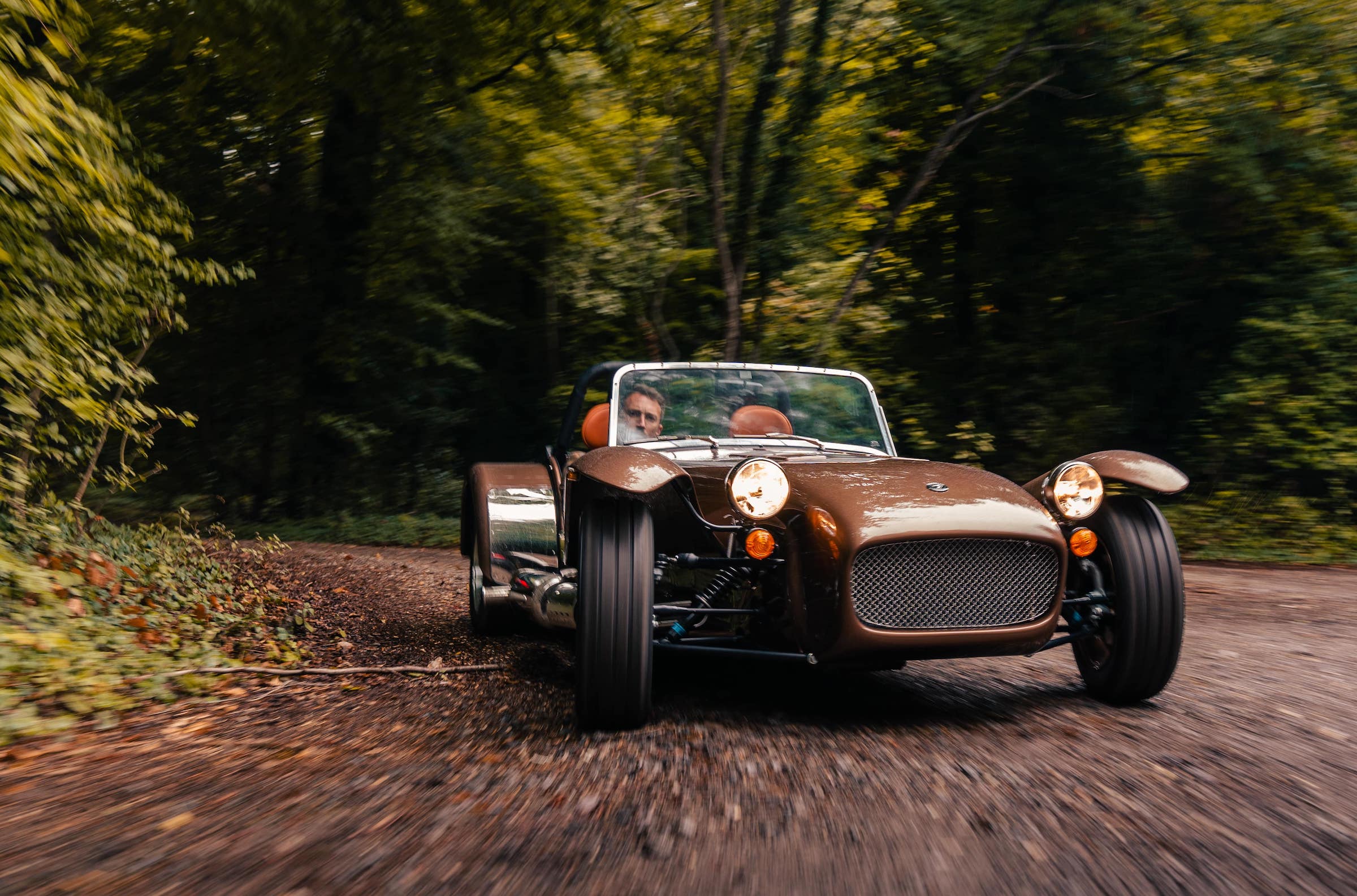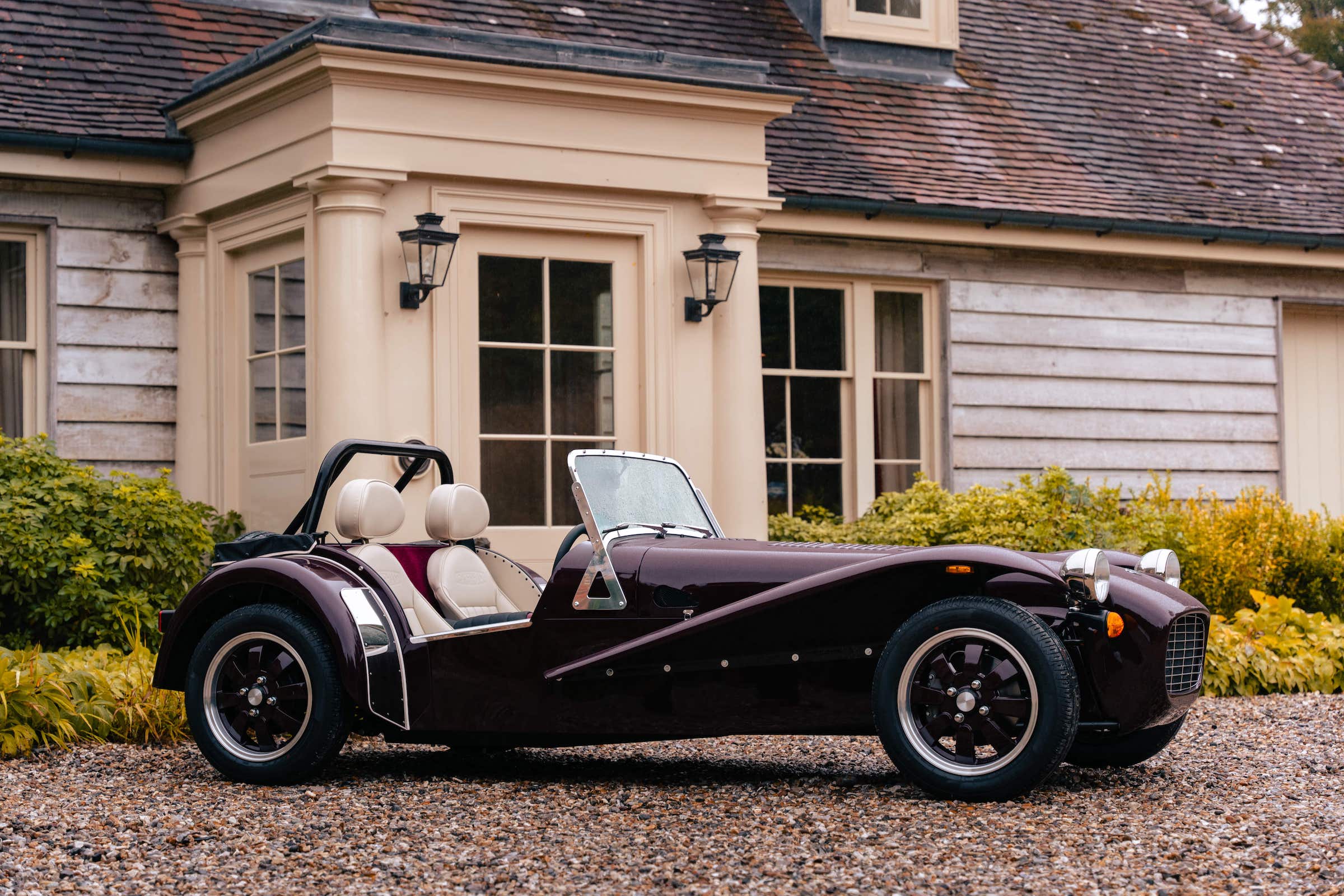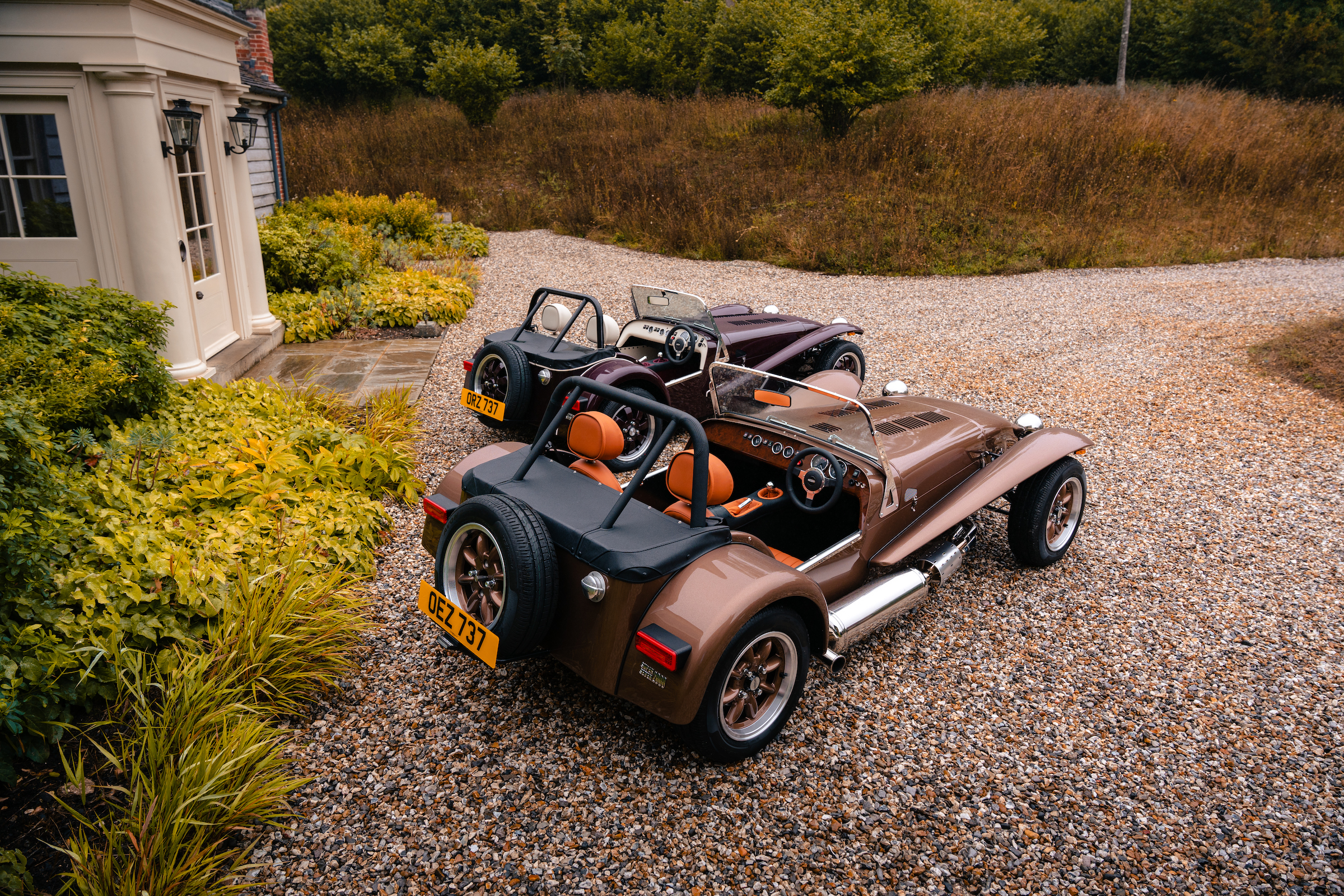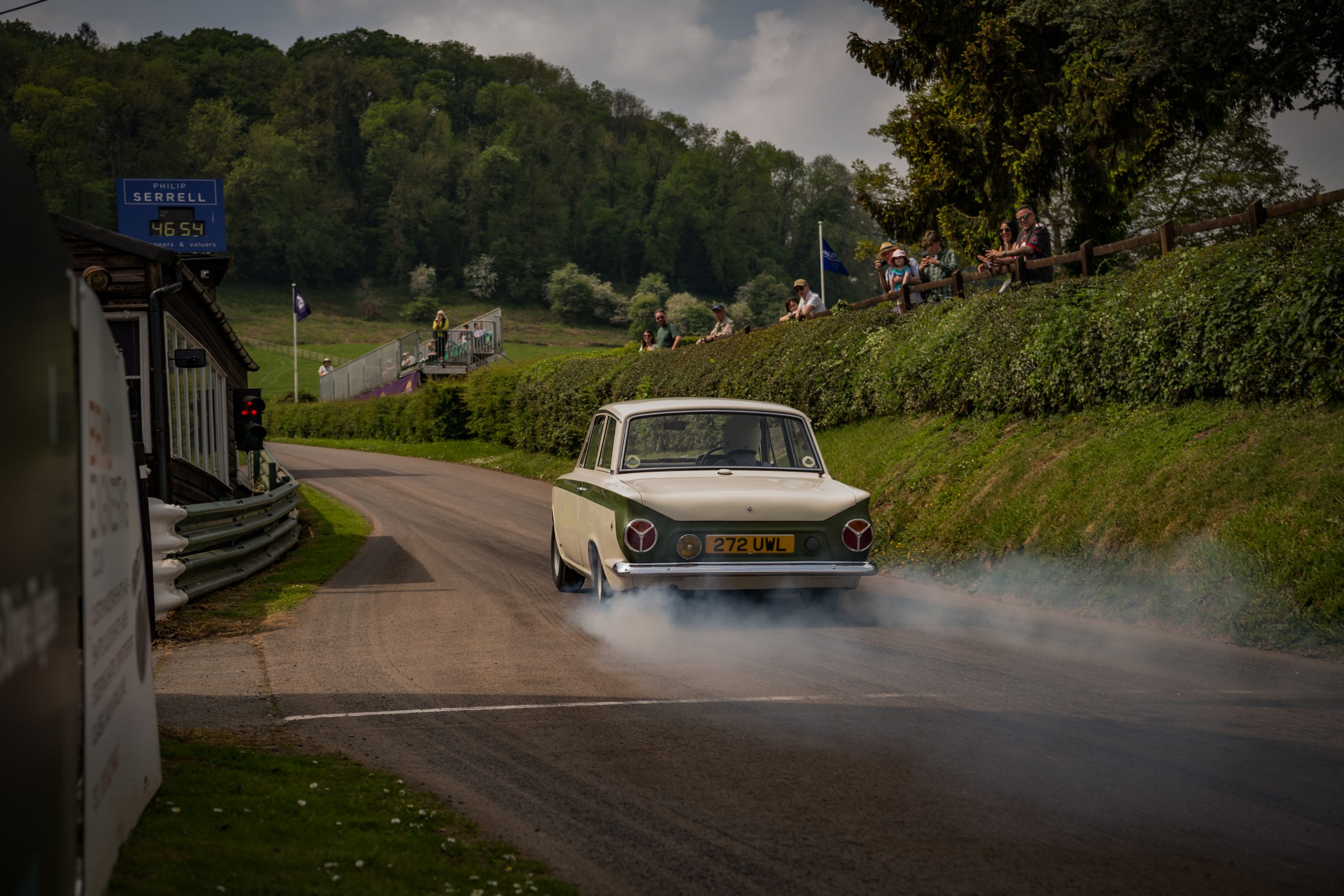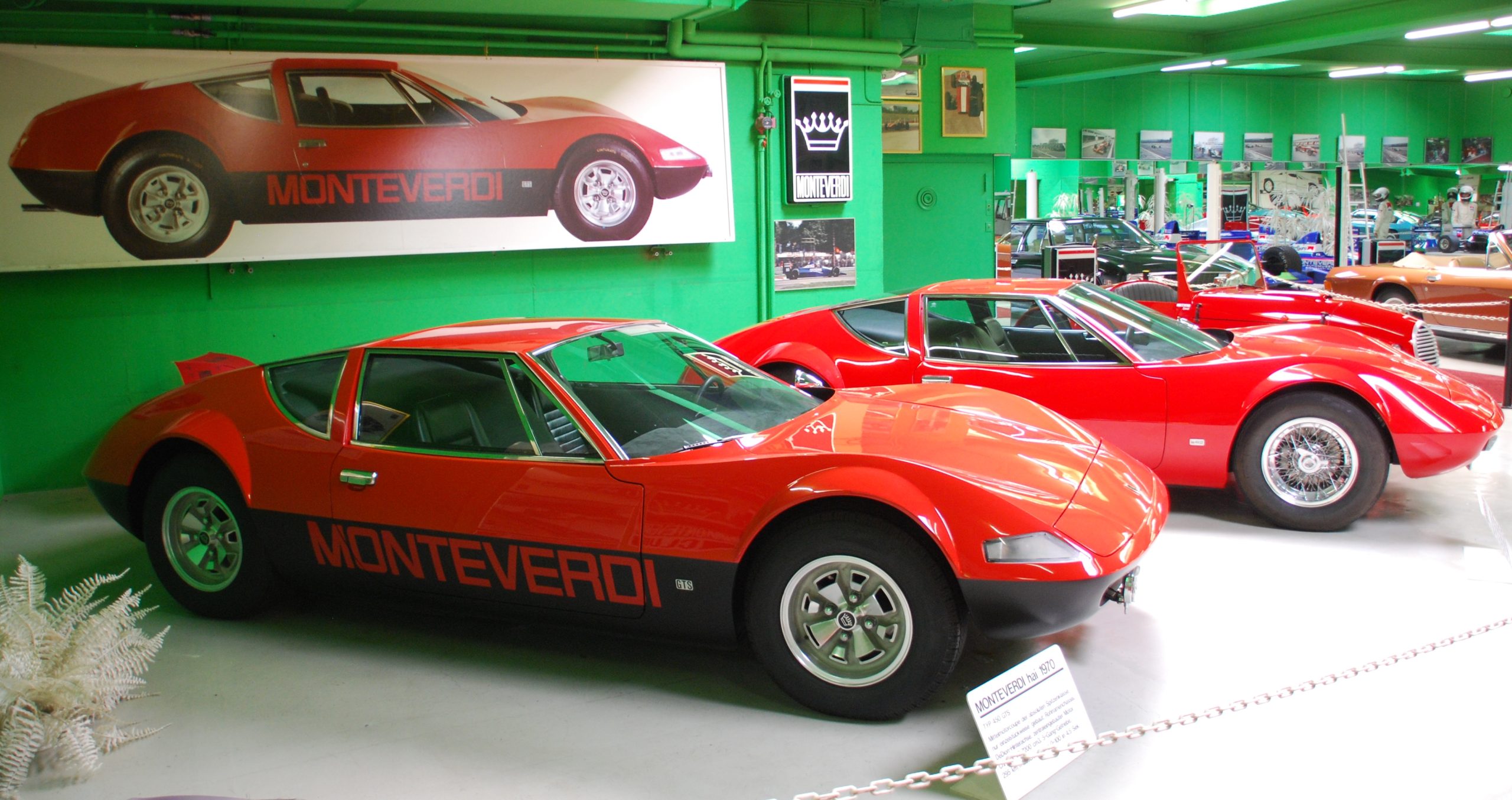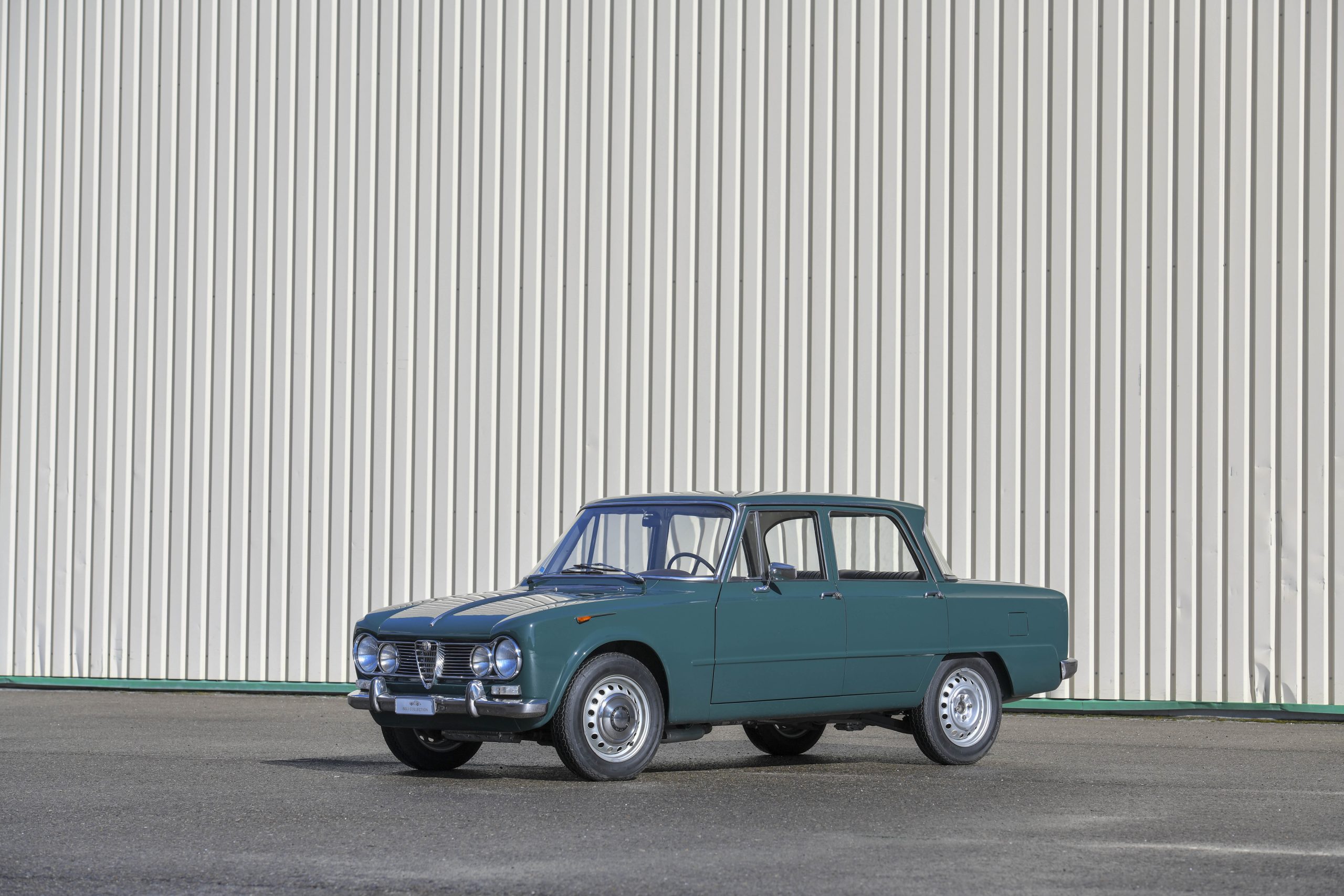For a car with its roots in the 1950s, Caterham has done a pretty good job of keeping its Seven contemporary, with wild paint jobs and potent engines. But it’s not above drawing inspiration from the past either, with its latest models – the Super Seven 600 and Super Seven 2000 – harking back to the 1970s.
Previous retro Sevens have looked a little further back in time, with the Sprint of 2016 and SuperSprint of 2018 drawing inspiration from 1950s road and racing cars respectively, and 2020’s Super Seven 1600 – reviewed here – having more of a 1960s vibe.

But with four new colours that look straight out of the British Leyland back-catalogue circa-1978 – Ashdown Green, Windsor Blue, Bourbon, and Fawn (in addition to several other retro shades) – and pared-back detailing, such as an absence of the usual “7” graphic on the grille, they’d not look out of place in a ‘70s street scene or in the background of a period TV drama.
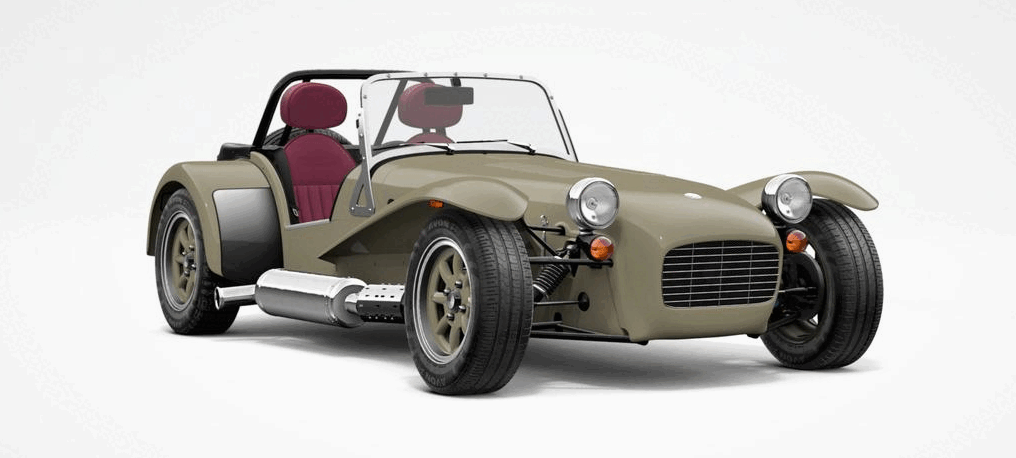
The Super Seven 600 is based on the current Seven 170 model, which uses a 660cc Suzuki three-cylinder turbo purloined from the company’s Japanese kei cars. It puts a very 1970s 84bhp to the ground via live axle through a pair of skinny Avon ZT7 tyres, just like the standard car.
With 180bhp the Super Seven 2000 is a little more potent, its Ford Duratec more closely related to that of the regular Seven 360 – Caterham’s naming scheme denoting its approximate bhp/tonne power-to-weight ratio, remember. It gets a (slightly) more modern de Dion rear suspension setup, a wider track and stickier tyres, as well as the option of sports suspension – while both have the option of a limited-slip diff.
The real draw are those new colours though, along with other Super Seven touches including flared front wings, alloy wheels in either gold or body colour, and of course a range of interior trim colours that also reflect the decade that taste forgot: Deep Red, Cream, Birch White, Burgundy, the rather brilliant Ginger (as seen in the photos of the 2000), Admirability Blue, and Biscuit Beige.
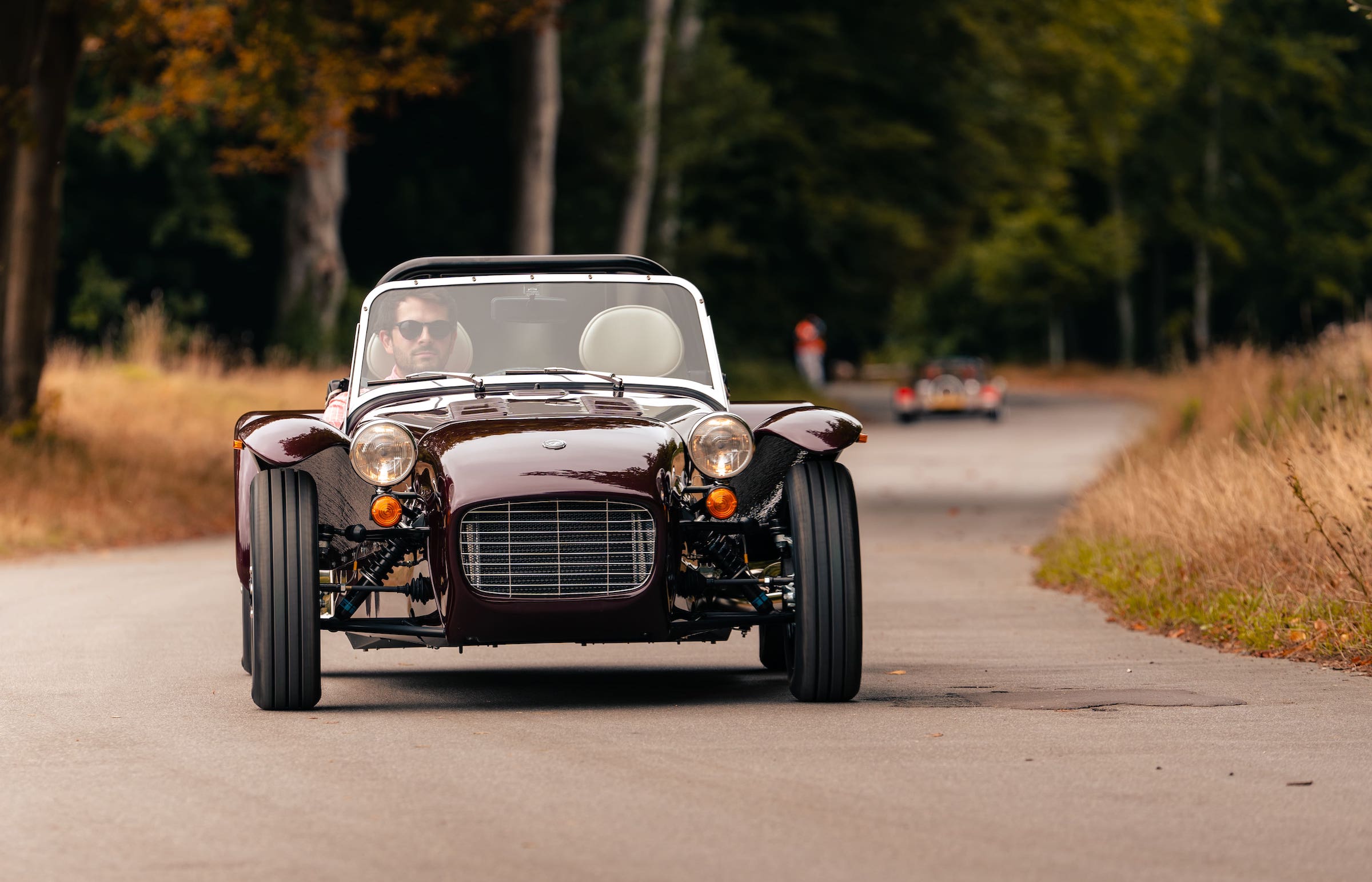
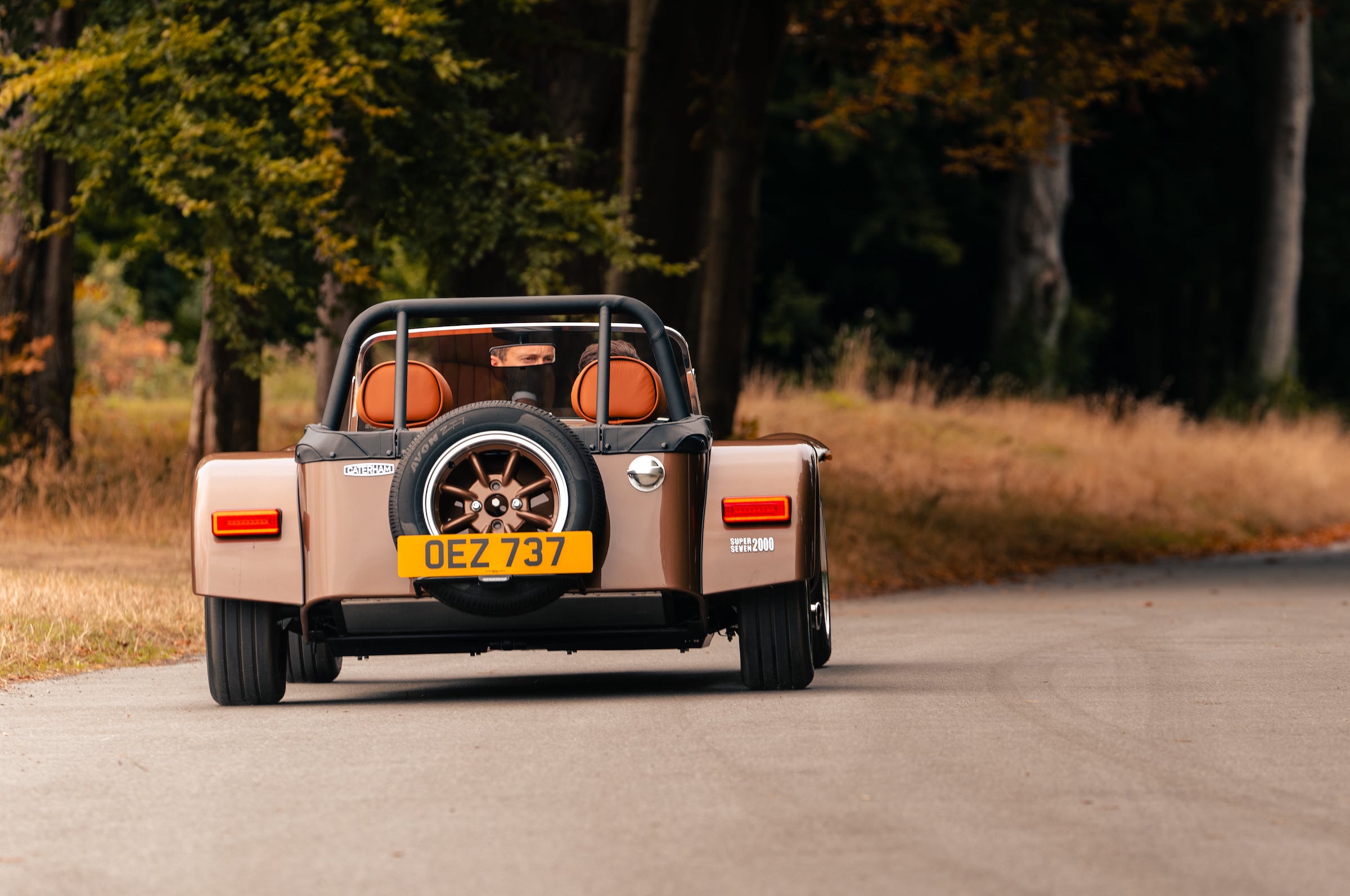
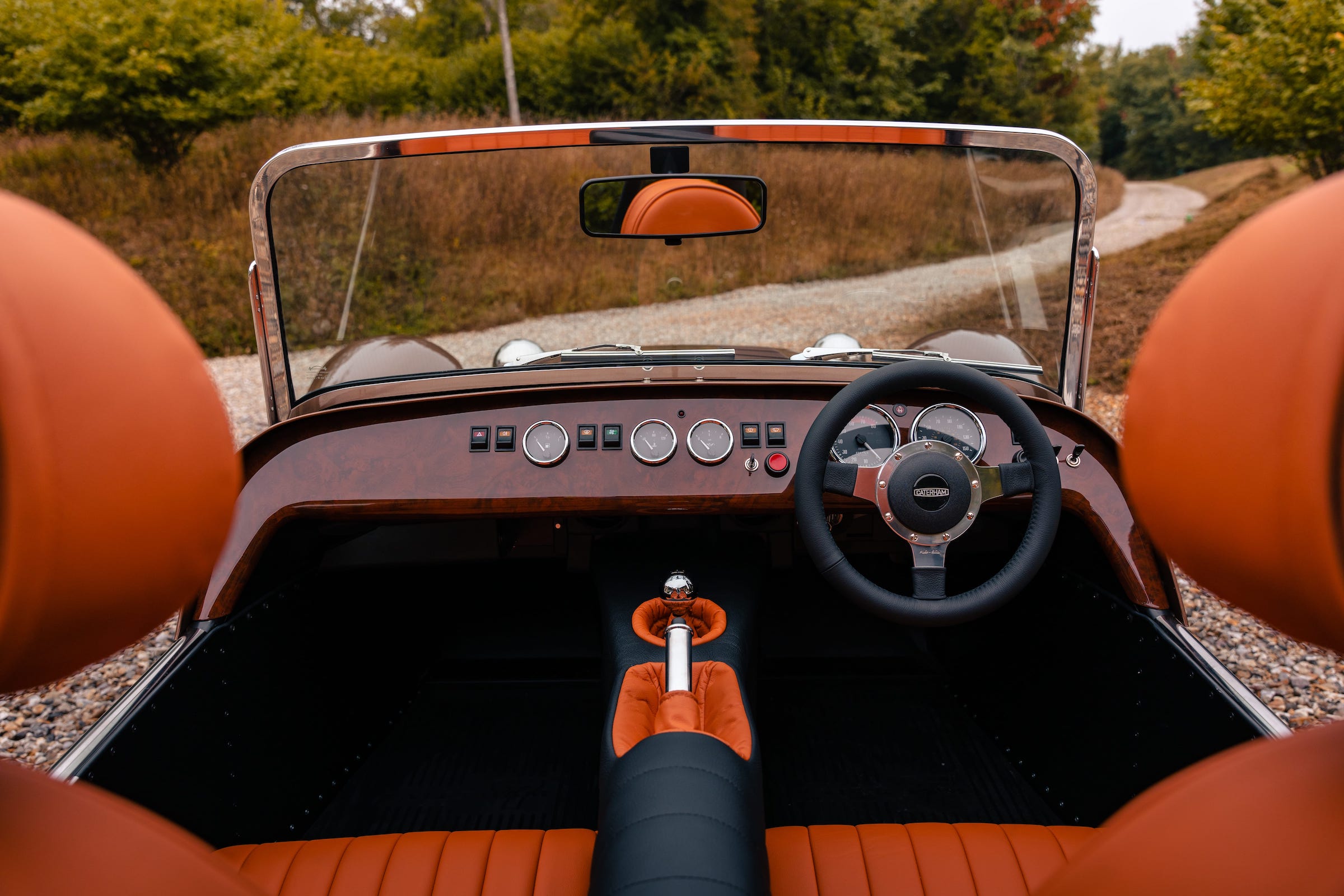
In build-it-yourself format the 600 starts at £29,990 and the 2000 at £39,990, which is neither cheap in isolation nor in relation to the models they’re based on – a standard Seven 170 starts at £24,990 and a Seven 360 at £31,990, and if you want the factory to build your car, that’s another £2595 straight away.
But Sevens hold their value notoriously well, and retro ones like these have even sold for more than list price a little down the line, which might tempt some drivers.
If nothing else, there’s still little to touch the Caterham driving experience – which should only add to the appeal of these Seventies Sevens.
Read more
Caterham is set to go electric and the fans aren’t happy
Cars That Time Forgot: Caterham 21
How will Britain’s boutique car makers survive the EV revolution?
